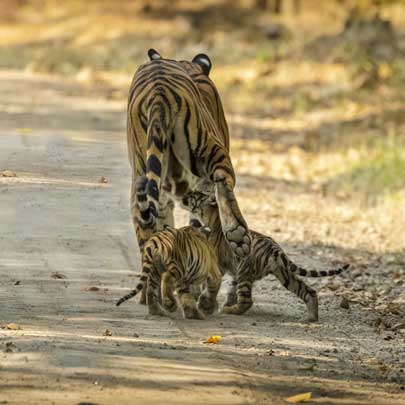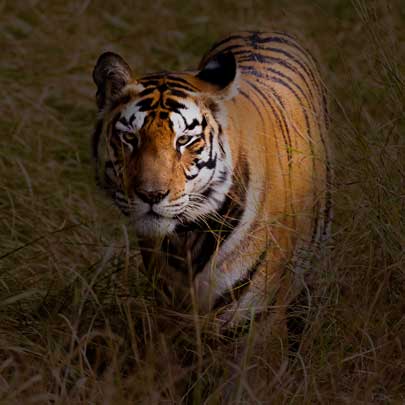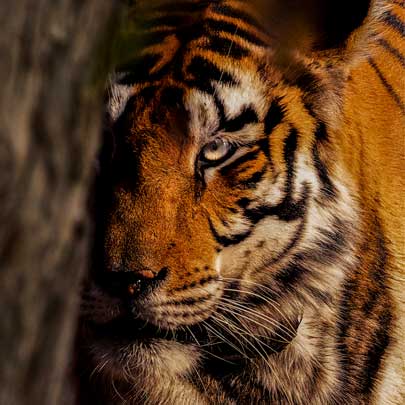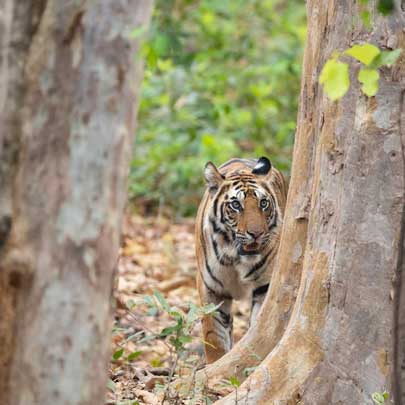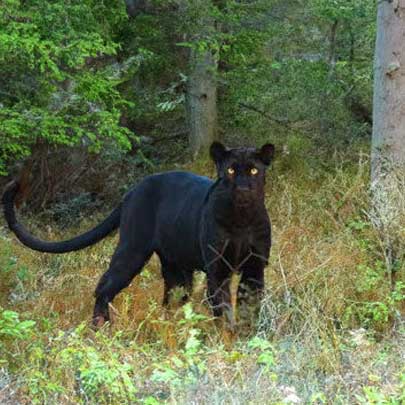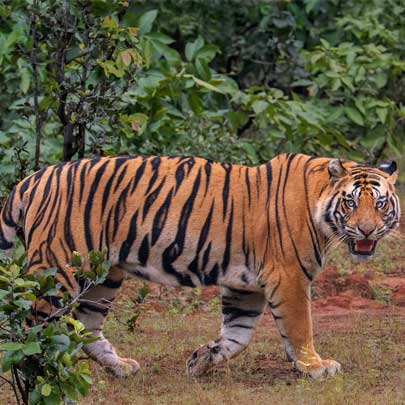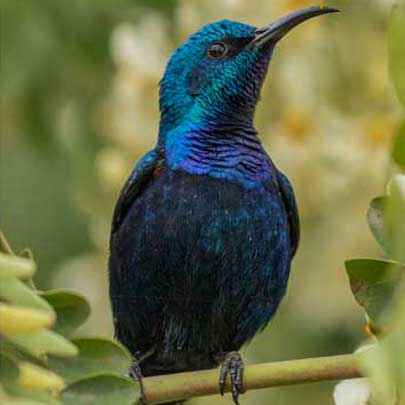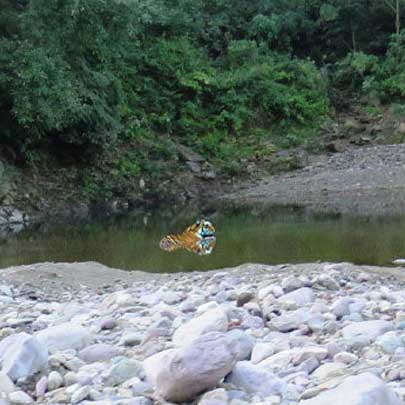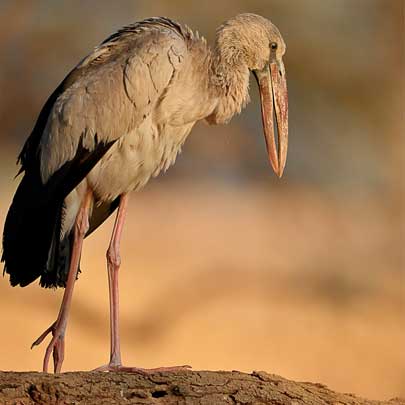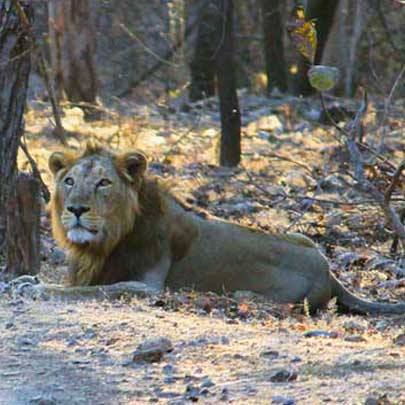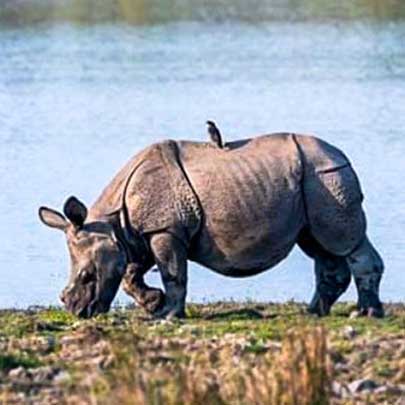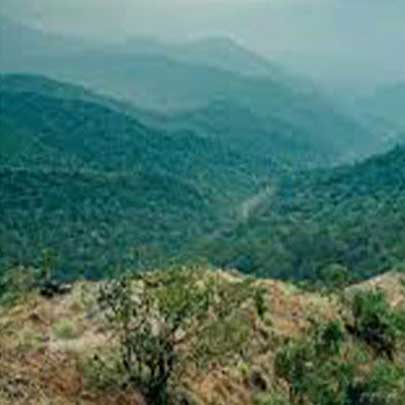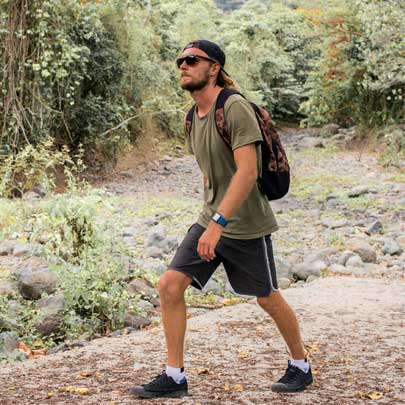How to Reach Pilibhit Tiger Reserve – Complete Travel Guide with Zone Details and Stay at Wildlense Wild Retreat
India’s forests are filled with awe-inspiring wildlife experiences, and one of the finest yet lesser-known gem is the Pilibhit Tiger Reserve in Uttar Pradesh. Blessed with dense Sal forests, sprawling grasslands, and rich biodiversity, Pilibhit offers visitors a serene, thrilling, and unforgettable jungle adventure.
In this detailed guide, you’ll learn how to reach Pilibhit Tiger Reserve, an introduction to all safari zones, why Mahof Gate (Zone 1) is a must-visit, and why Wildlense Wild Retreat is your perfect stay for an authentic nature experience.
Table of Contents
- About Pilibhit Tiger Reserve
- How to Reach Pilibhit Tiger Reserve
- Safari Zones in Pilibhit Tiger Reserve
- Mahof Range (Zone 1)
- Barahi Range (Zone 2)
- Madhotanda Range (Zone 3)
- Mala Range (Zone 4)
- Puranpur Range (Zone 5)
- Spotlight on Mahof Gate (Zone 1)
- Where to Stay: Wildlense Wild Retreat
- Best Time to Visit Pilibhit
- Travel Tips
- Final Thoughts

About Pilibhit Tiger Reserve
Declared a tiger reserve in 2008, the Pilibhit Tiger Reserve covers an area of over 730 square kilometres. It forms part of the Terai Arc Landscape, sharing boundaries with Nepal in the north and surrounded by rich wetlands and fertile plains. The reserve boasts a healthy population of Bengal tigers, leopards, elephants, deer species like swamp deer and hog deer, and over 300 species of birds, including many migratory species.
Its diverse landscapes, from dense forests to riverine systems and grasslands, make it one of the most beautiful and ecologically significant reserves in India.
How to Reach Pilibhit Tiger Reserve
Getting to Pilibhit Tiger Reserve is quite straightforward, whether you are traveling by air, rail, or road.
By Air
The nearest airports are:
- Pantnagar Airport (PGH): ~105 km away
- Bareilly Airport (BEK): ~60 km away
- Lucknow Airport (LKO): ~260 km away
- Indira Gandhi International Airport, Delhi (DEL): ~300 km away
Once you land at any of these airports, taxis and private vehicles are readily available to take you to the reserve.
By Rail
Pilibhit Junction (PBE) is the closest railway station, approximately 8 km from the reserve. Other major nearby stations include Bareilly Junction (55 km away) and Tanakpur Railway Station (50 km away). Trains from Delhi, Lucknow, and Bareilly frequently run to Pilibhit.
By Road
Pilibhit is well-connected by highways:
- From Bareilly: 55 km (around 1.5 hours)
- From Lucknow: 260 km (about 5–6 hours)
- From Delhi: 300 km (approximately 6–7 hours)
- From Nainital: 120 km (around 3 hours)
Self-driving is a good option, as the roads are in decent condition and the journey itself offers scenic countryside views.
Safari Zones in Pilibhit Tiger Reserve

Pilibhit Tiger Reserve is divided into multiple safari zones, each offering a unique experience. Here’s a quick overview:
Mahof Range (Zone 1) – Mahof Gate
- Main Attraction: High chance of tiger sightings, rich birdlife, dense Sal forests.
- Entry Point: Mahof Gate
- Safari Type: Jeep safari with guides.
- Specialty: Most popular zone, diverse landscapes, and best for first-time visitors.
Barahi Range (Zone 2) – Barahi Gate
- Main Attraction: Large grasslands, rare species like swamp deer.
- Safari Type: Jeep Safari
- Specialty: Open landscapes perfect for wildlife photography.
Madhotanda Range (Zone 3) – Chuka Gate
- Main Attraction: Water bodies, aquatic birds, crocodile sightings.
- Safari Type: Jeep Safari
- Specialty: Great for bird watchers and those looking for water-centric wildlife scenes.
Mala Range (Zone 4)
- Main Attraction: Remote, less touristy, natural forest beauty.
- Safari Type: Not always open to tourists unless booked specially.
- Specialty: Ideal for serious wildlife researchers or second-time visitors.
Puranpur Range (Zone 5)
- Main Attraction: Offbeat, pure forest experience.
- Safari Type: Special permission required.
- Specialty: Untouched and serene.
Spotlight on Mahof Gate (Zone 1)
Mahof Gate is the most famous and busiest gate of Pilibhit Tiger Reserve. It offers an unmatched jungle experience, especially for first-time visitors.
Why Choose Mahof Gate?

- High Chances of Tiger Sighting: Due to dense forests and water sources.
- Rich Biodiversity: Spot elephants, spotted deer, sambar, wild boars, and hundreds of birds.
- Beautiful Landscape: Sal-dominated forests, interspersed with streams and grass patches.
- Convenient Access: Closest to Pilibhit town and easily reachable from Wildlense Wild Retreat.
- Excellent Safari Experience: Professional guides and trained drivers ensure a safe and educational safari. You can book your safari packages directly here.
Morning and evening safaris are available, and you can book your slots online or through your hotel for a smoother experience.
Where to Stay: Wildlense Wild Retreat – The Best Accommodation Near Pilibhit Tiger Reserve

When you plan a jungle trip, your choice of stay matters as much as your safari. For those seeking comfort, nature, and convenience near Mahof Gate, Wildlense Wild Retreat stands out as the best choice.
Why Wildlense Wild Retreat?
1. Prime Location
Located just minutes away from Mahof Gate, Wildlense Wild Retreat offers unparalleled access to safaris. You can be among the first jeeps to enter the forest during early morning safaris!
2. Authentic Jungle Vibe

The retreat is set amidst lush greenery, offering an immersive forest atmosphere without compromising comfort. Wake up to the sound of chirping birds and feel the freshness of nature all around you.
3. Eco-Friendly Living
Built with sustainability in mind, the cottages here blend perfectly with nature while offering all modern amenities like clean bathrooms, comfortable beds, and cozy dining areas.

4. Activities Beyond Safari
- Birdwatching tours
- Nature walks
- Evening bonfire gatherings under the stars
5. Delicious Organic Cuisine
Enjoy freshly cooked, traditional Indian meals prepared using organic ingredients.
6. Personalized Services
The staff at Wildlense Wild Retreat go the extra mile, assisting with safari bookings, arranging special bird-watching trips, and ensuring a comfortable stay for solo travelers, couples, and families alike.
Best Time to Visit Pilibhit Tiger Reserve

The best time to explore Pilibhit Tiger Reserve is between November and June.
- November–February: Pleasant weather; best for bird watchers and casual tourists.
- March–June: Warmer temperatures; best time for tiger sightings as animals come out near water sources.
Travel Tips for Pilibhit Tiger Reserve
- Book Safaris in Advance: Especially during peak seasons and weekends.
- Carry ID Proof: Needed for safari entry.
- Wear Neutral Clothing: Prefer green, brown, or beige outfits to blend with the forest.
- Carry Binoculars and Cameras: You don’t want to miss capturing those special moments.
- Respect Nature: No feeding animals, no loud noises, and definitely no littering.
Final Thoughts
A visit to Pilibhit Tiger Reserve promises untamed wilderness, peaceful moments, and thrilling wildlife sightings. Whether you're a wildlife photographer, birdwatcher, or simply a nature lover, Pilibhit offers something magical.
Choosing to explore through Mahof Gate (Zone 1) ensures you experience the best that the reserve has to offer, and staying at Wildlense Wild Retreat guarantees you do it in comfort and style, right amidst the jungle’s heart.
So pack your bags, book your stay, and book your safari to embark on a once-in-a-lifetime adventure in Pilibhit Tiger Reserve!

























